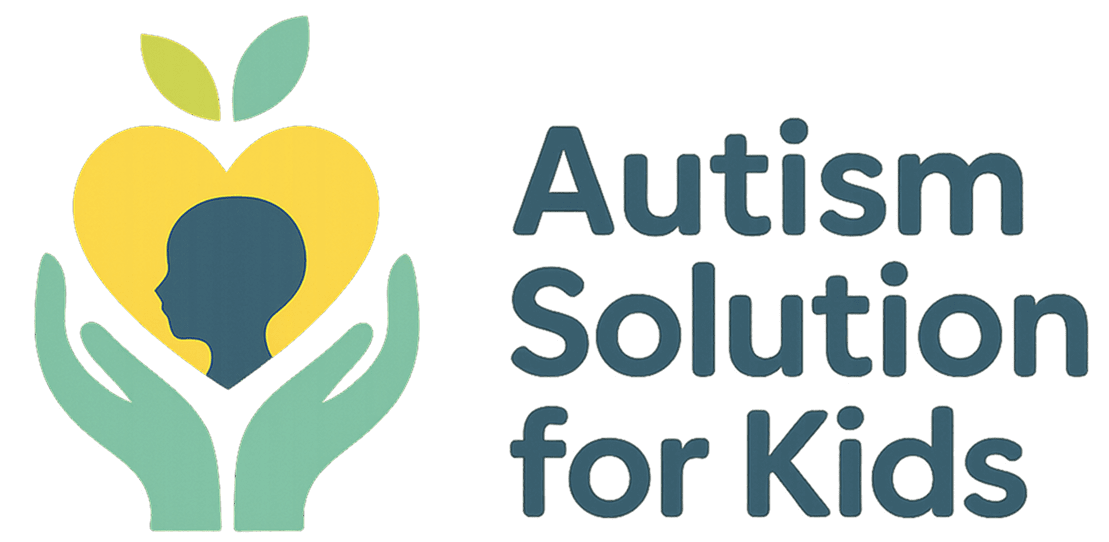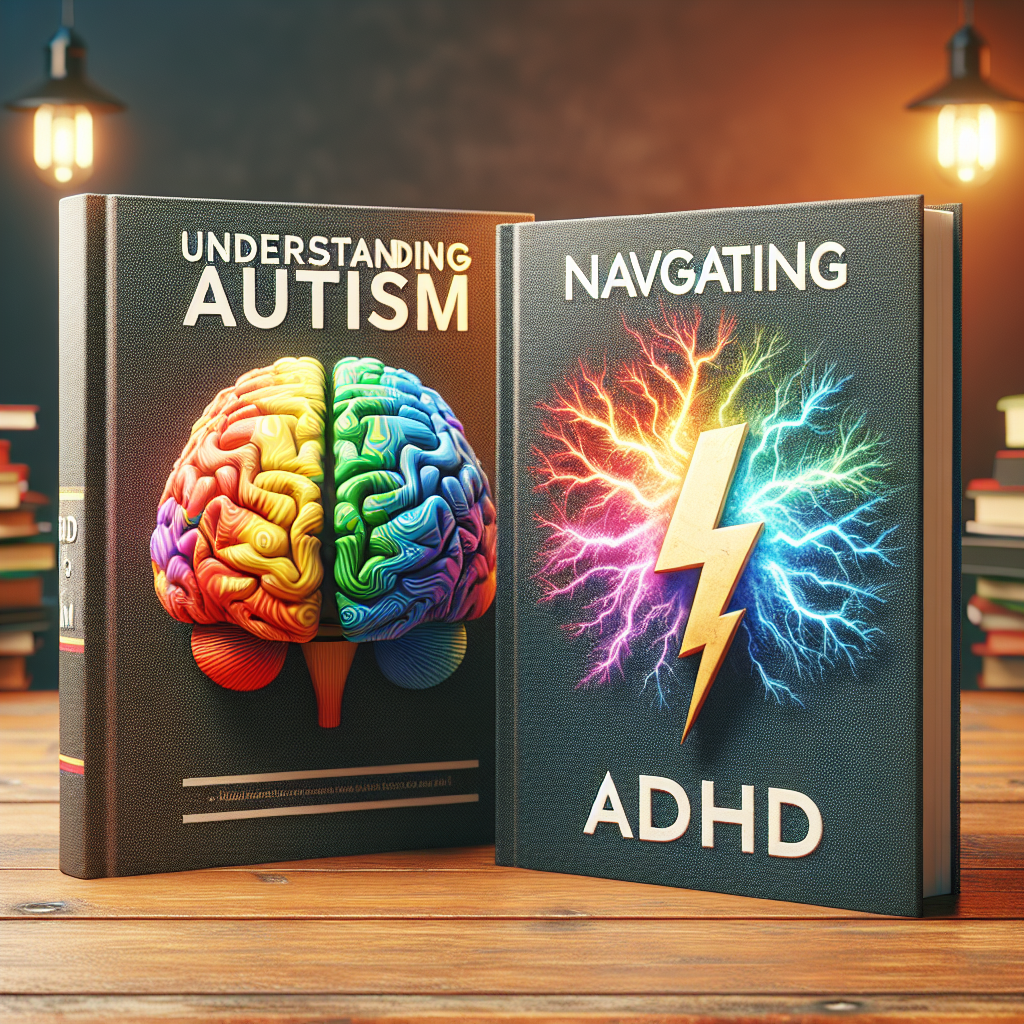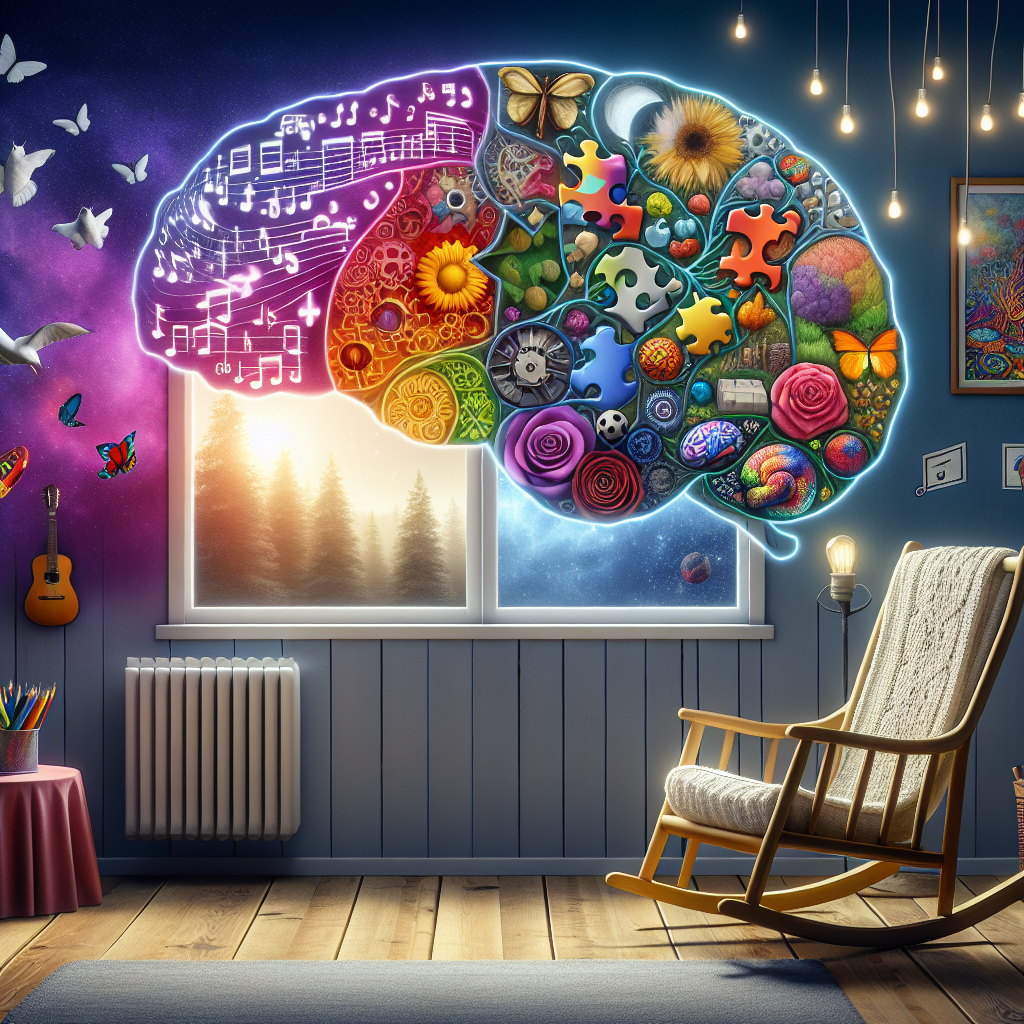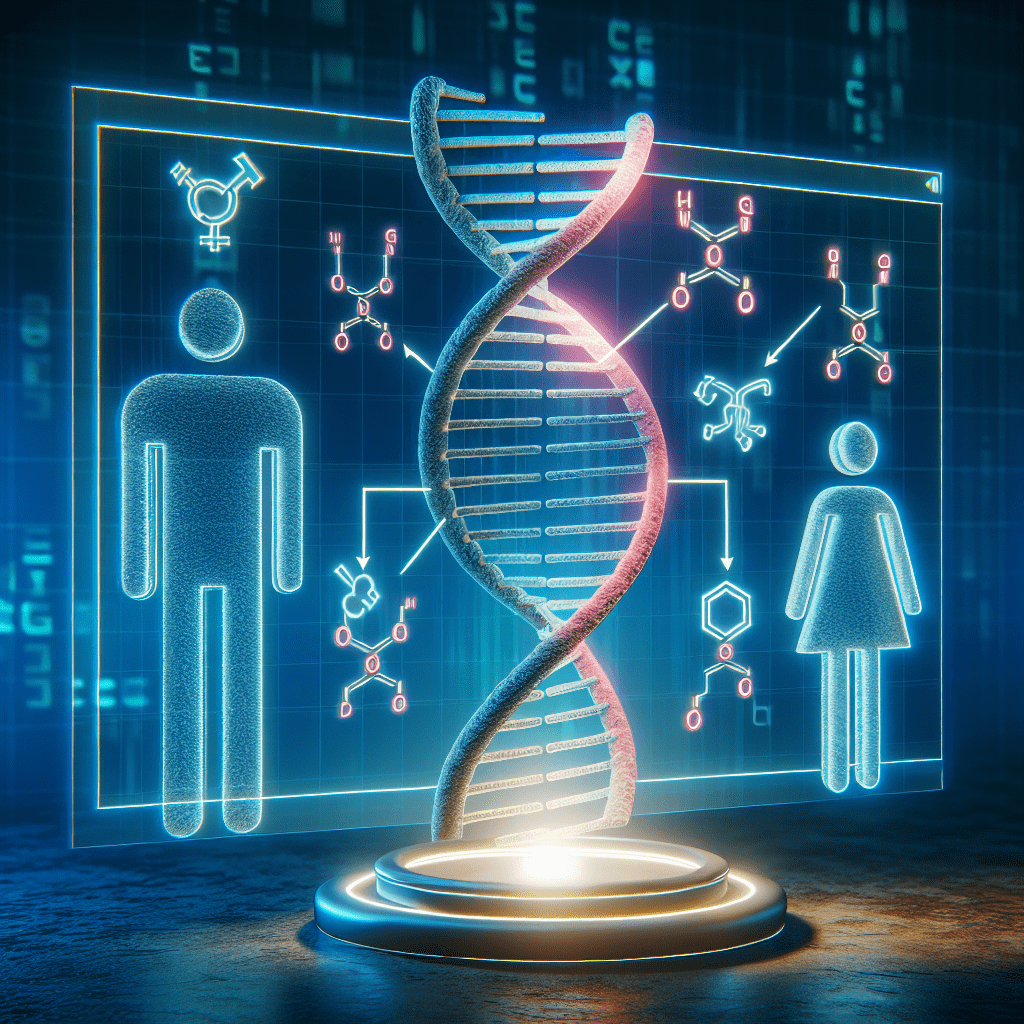Is it Autism or ADHD? Understanding the Differences and Similarities
Is it autism or ADHD? This question echoes in the minds of many parents, educators, and healthcare professionals as they seek to understand the behaviors and challenges displayed by children and adults alike. While both Autism Spectrum Disorder (ASD) and Attention-Deficit/Hyperactivity Disorder (ADHD) are neurodevelopmental disorders, they exhibit unique characteristics that can make differentiation complex. This guide aims to shed light on both conditions, helping you discern the signs, symptoms, and overlaps that may arise.
Defining Autism and ADHD: A Closer Look
It’s crucial to understand what autism and ADHD entail before diving deeper into comparing them. Autism is typically characterized by challenges in social interaction, communication, and exhibiting restricted or repetitive patterns of behavior. On the other hand, ADHD is primarily marked by inattention, hyperactivity, and impulsivity. Both conditions manifest in various forms and can affect individuals differently, making the question—is it autism or ADHD?—more pertinent than ever.
Let’s take a deeper look at each condition, starting with autism. As previously mentioned, autism presents with particular challenges. Individuals often find social cues perplexing, making it hard to connect with peers. They might have a limited range of interests or engage in repetitive behaviors, such as hand-flapping or an insistence on routines. Sensory sensitivities are also a common aspect of autism; for instance, certain sounds or lights may be overwhelming to a person on the spectrum.
Conversely, ADHD predominantly revolves around difficulty maintaining attention. Children (and sometimes adults) with ADHD might struggle to stay focused during lessons in school, leading to academic difficulties. They can be impulsive, acting without thinking, and may have trouble waiting their turn, whether in conversation or during play. This impulsivity often leads to interpersonal issues, underscoring why understanding if it’s autism or ADHD is essential for effective management strategies.
Research suggests that while ADHD and autism can co-occur in some individuals, they can also exist independently. Studies indicate a significant overlap, as roughly one-third of those with autism may also display symptoms of ADHD. This connection raises a critical question: What specific behaviors or traits can help differentiate between the two?
Common Symptoms and Behaviors
When trying to determine if it’s autism or ADHD, recognizing the typical symptoms each condition presents can provide clarity. Let’s break down some of the hallmark symptoms of both disorders.
Symptoms of Autism Spectrum Disorder
1. Social Communication Challenges: A child with autism may struggle to engage in conversations, may not respond to their name, or might avoid eye contact.
2. Repetitive Behaviors: This could include a strong attachment to certain routines or an insistence on following specific paths or actions.
3. Sensory Sensitivities: Many on the spectrum experience hypersensitivity to sound, light, or touch, resulting in discomfort during sensory-rich environments.
4. Narrow Interests: Often, individuals with autism may develop strong interests in specific topics, focusing intensely on these to the exclusion of others.
Symptoms of Attention-Deficit/Hyperactivity Disorder
1. Inattention: Signs include difficulty following instructions, carelessness in schoolwork, and losing items necessary for tasks.
2. Impulsivity: This can manifest as difficulty waiting for a turn, interrupting conversations, or making choices without thinking about the consequences.
3. Hyperactivity: Children with ADHD may often fidget with their hands or feet, struggle to stay seated, and run in inappropriate settings.
4. Difficulty in Organization: They may often misplace items and struggle with managing time or tasks effectively.
Comparing these symptoms can appear straightforward, yet many share overlapping qualities. For instance, both individuals with autism and ADHD may experience difficulty concentrating. Thus, when asking—is it autism or ADHD?—it’s imperative to delve deeper into the nuances of each condition.
Understanding the Overlaps
While it’s essential to identify the distinct characteristics of autism and ADHD, understanding the overlaps is equally crucial. There is significant variability in how each individual manifests their disorder, leading to often blurred lines. For example, both conditions may include inattentiveness and challenges in social interactions, but the underlying reasons can vary:
Social Interaction and Communication
Social deficits in autism manifest in challenges responding to social cues and adhering to typical conversational norms. In contrast, individuals with ADHD may be more socially aware but may interrupt conversations or have difficulty sustaining attention during discussions.
For example, a child with autism might spend the recess sitting alone, focused on organizing their toy cars, while a child with ADHD might repeatedly switch seats, engaging erratically with peers but struggling to stay on topic.
Impulsivity and Behavioral Challenges
Impulsivity in ADHD is rooted in difficulty controlling behavior and attention, while a child with autism may display it in the form of intense reactions to unexpected changes. It’s not uncommon for children with both conditions to have impulsive outbursts, but the triggers can differ significantly.
For example, if a scheduled basketball game suddenly shifts to soccer, a child with ADHD might feel distressed due to the abrupt change, leading to impulsive actions, while a child with autism might experience a breakdown over the same shift due to the disruption of routine.
Diagnosis and Treatment Approaches
Considering the complexity of symptoms, the diagnosis of autism or ADHD often involves a multi-step process. It’s advisable to consult a pediatrician, psychologist, or psychiatrist who specializes in these disorders. Standard assessments can include developmental history, behavioral evaluations, and checklists completed by parents and teachers.
Diagnostic Strategies for Autism
Recognizing an autism diagnosis entails monitoring developmental milestones, particularly in social communication. Diagnostic tools such as the Autism Diagnostic Observation Schedule (ADOS) may be employed, providing structured interactions to assess social behaviors. In addition, parents might fill out the Autism Diagnostic Interview-Revised (ADI-R) to help clinicians gather comprehensive background details.
Once diagnosed, a child may benefit from various therapeutic approaches, including specialized therapies such as Applied Behavior Analysis (ABA), occupational therapy for sensory integration, and speech therapy to enhance communication skills. Family education is crucial, ensuring that all caregivers understand how to support the child effectively.
Understanding ADHD Evaluation and Treatment
On the other hand, ADHD diagnosis requires a comprehensive assessment with behavioral evaluations across several settings—home and school are key. Clinicians might also employ the Conners Rating Scales to assess symptoms and their impact on daily functioning. In cases that warrant, behavioral therapy or medication might be introduced, tailored to the child’s unique presentation.
Behavioural therapy usually focuses on developing coping mechanisms, setting clear expectations, and enhancing organizational skills, while medication, such as stimulants, can assist in managing core symptoms associated with ADHD.
Conclusion: Key Differences and Support Strategies
In conclusion, while autism and ADHD share overlapping traits such as issues with attention and social interactions, they differ in their core characteristics. Understanding these differences is essential for providing the right support and resources. If you’re still wondering is it autism or ADHD?, consider seeking evaluations from qualified professionals specializing in neurodevelopmental disorders. Tailored interventions can significantly improve daily functioning and quality of life.
Every individual’s experience is unique, and what works for one may not work for another. Continuous education, understanding, and acceptance pave the way for better management and foster an environment where individuals thrive despite their challenges.
FAQs
1. Can a person have both autism and ADHD?
Yes, it’s possible for an individual to have both autism and ADHD. Research indicates a considerable overlap between the two disorders, with many exhibiting symptoms of both.
2. How are autism and ADHD diagnosed?
Diagnosis typically involves comprehensive assessments from healthcare professionals, which may include behavioral questionnaires, direct observations, and developmental history.
3. What are effective treatments for autism and ADHD?
Treatments vary by individual but may include therapy (like ABA for autism or behavioral therapy for ADHD), medication, and family support and education.
4. Are autism and ADHD hereditary?
Genetics plays a significant role in both conditions. Having a close family member with autism or ADHD can increase the risk of developing these disorders.
5. What should I do if I suspect my child has either condition?
If you suspect autism or ADHD, consult a healthcare professional for a formal assessment. Early intervention can lead to better outcomes.





